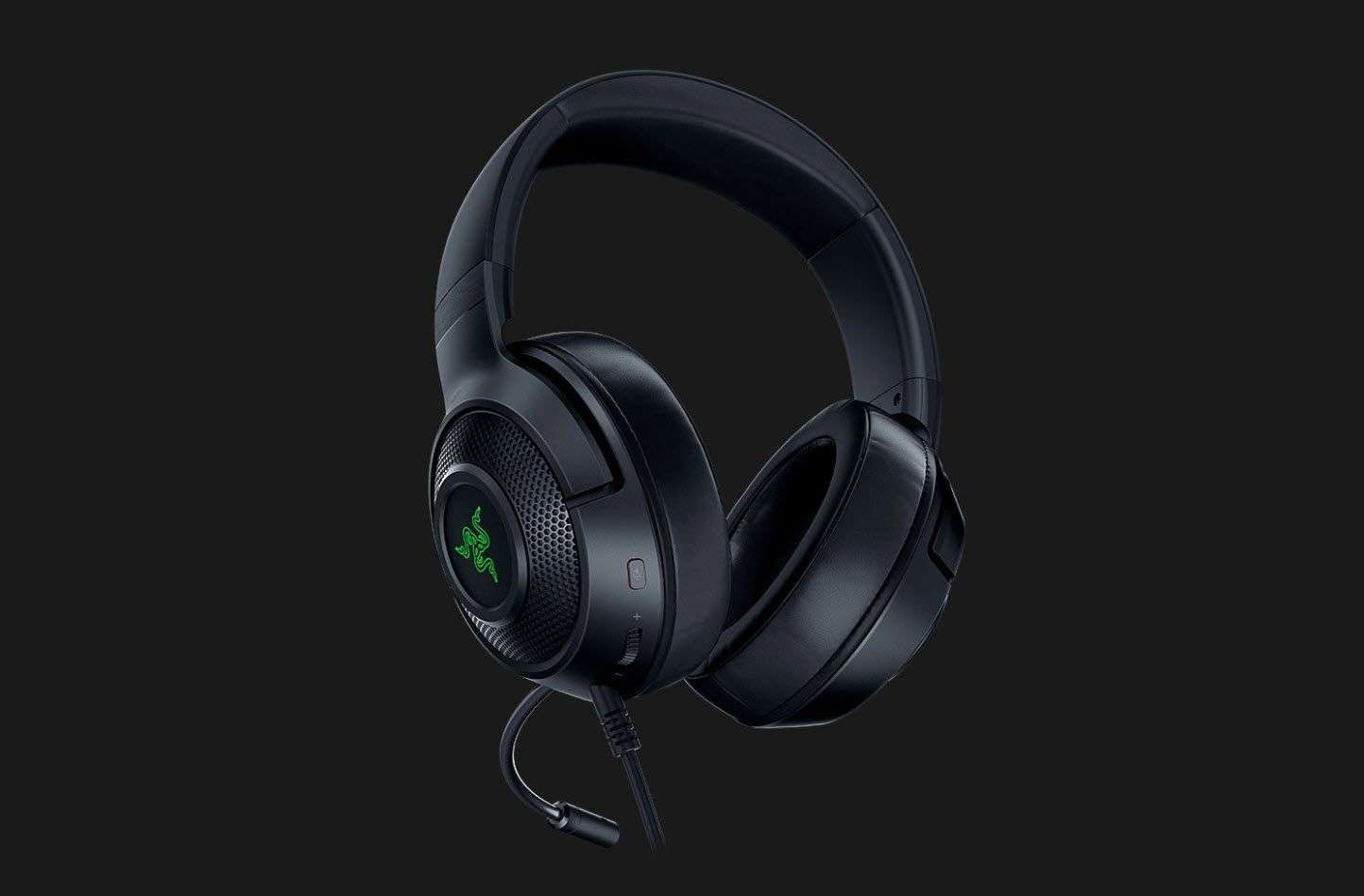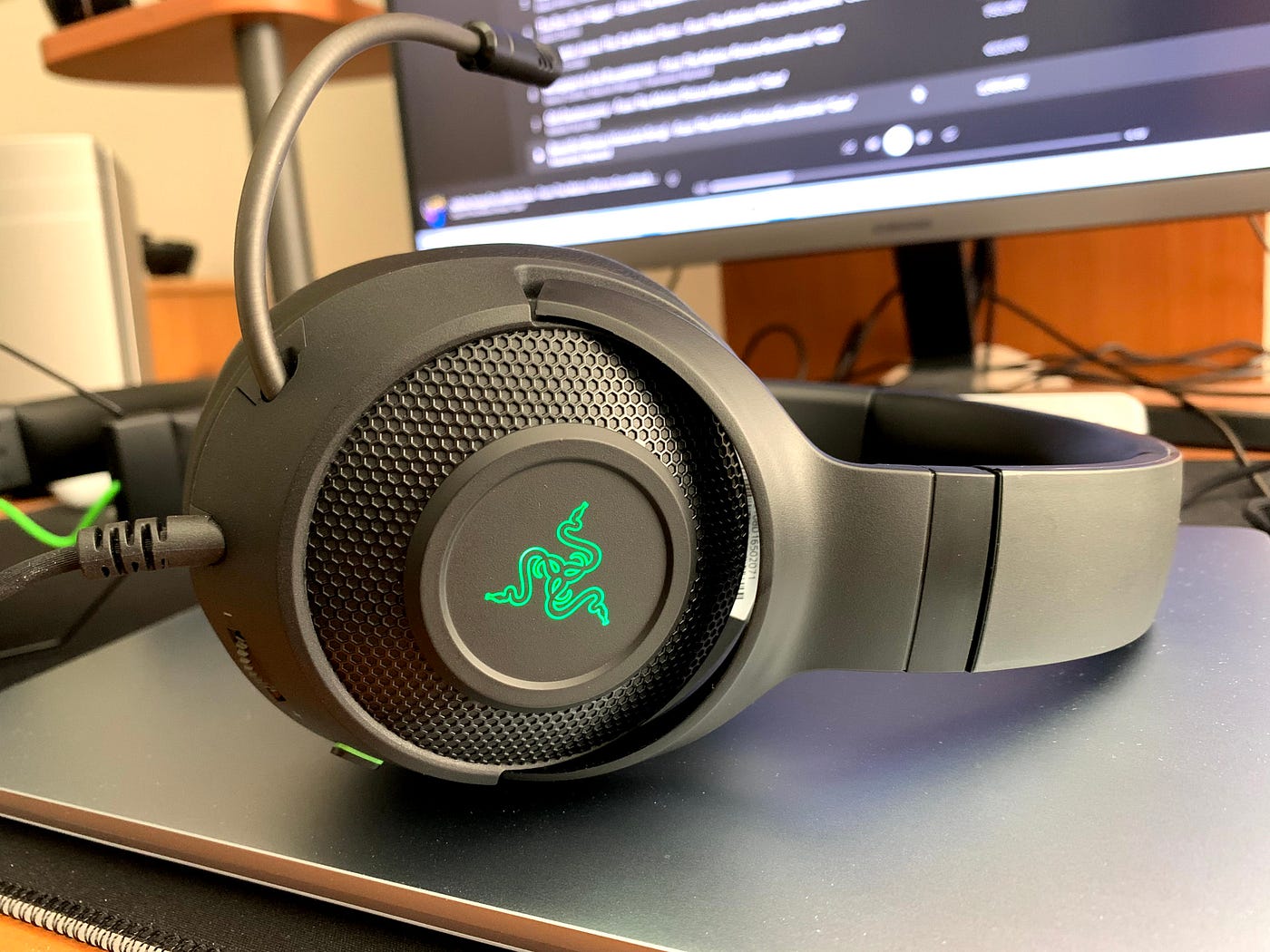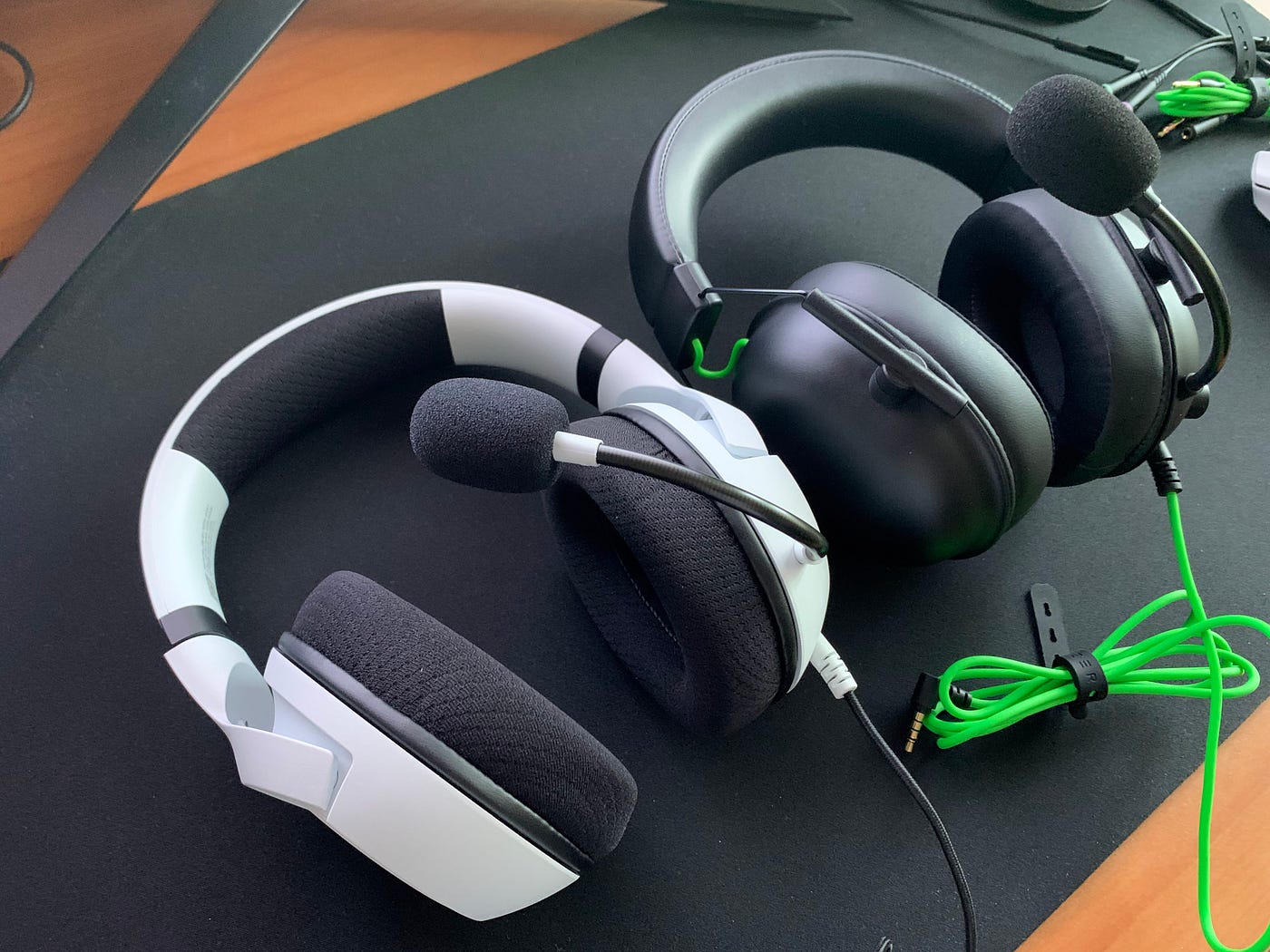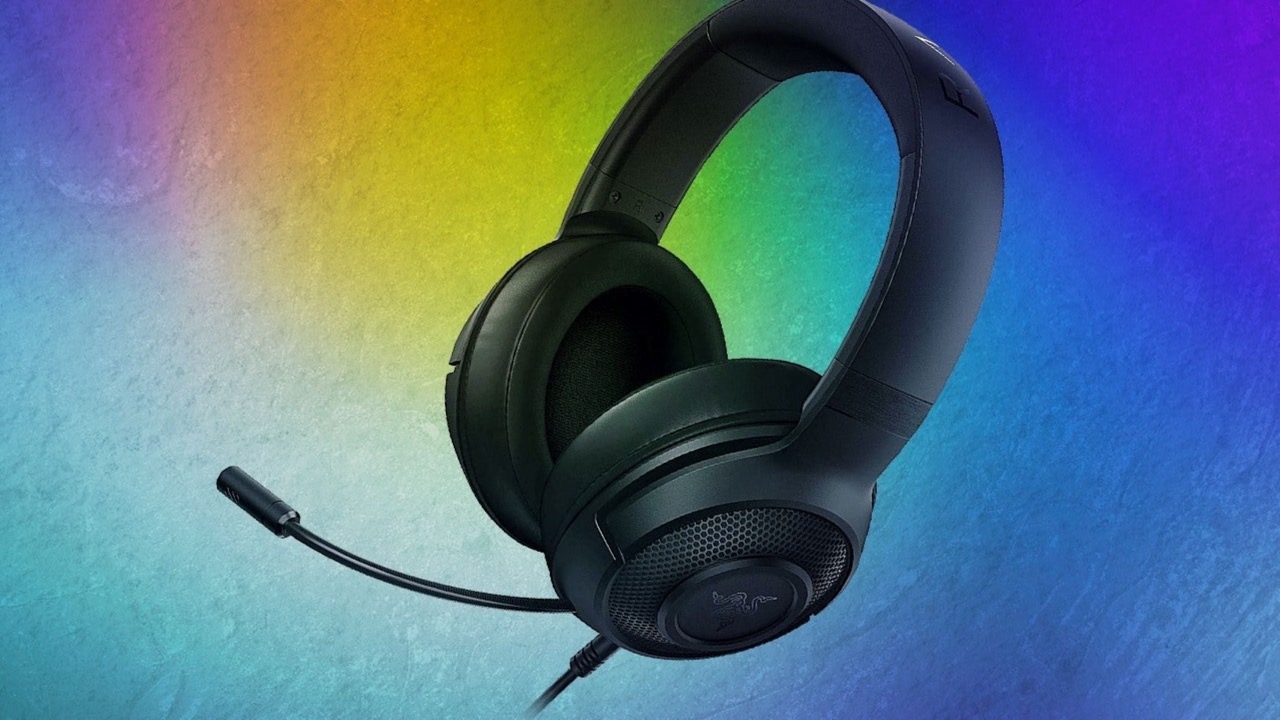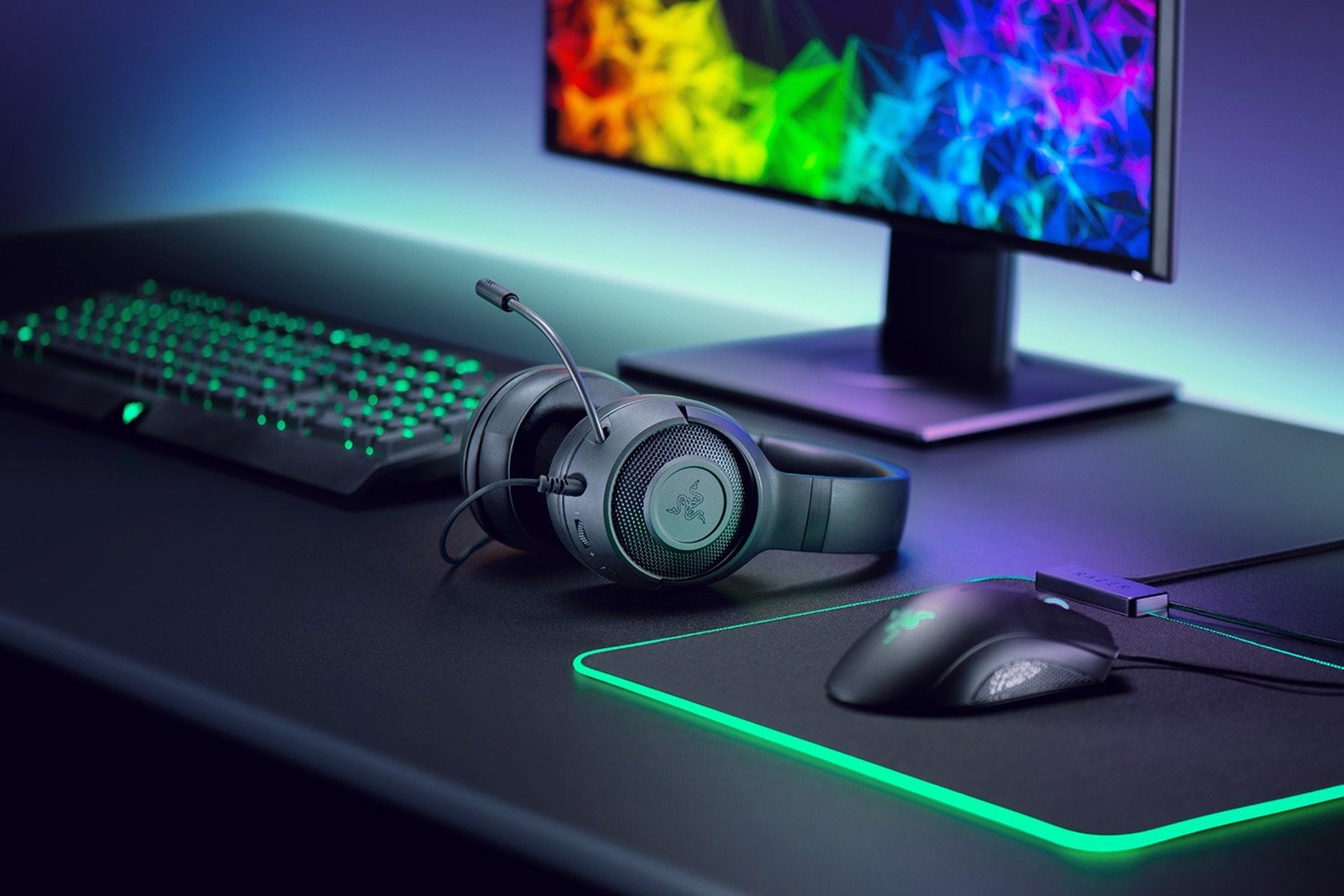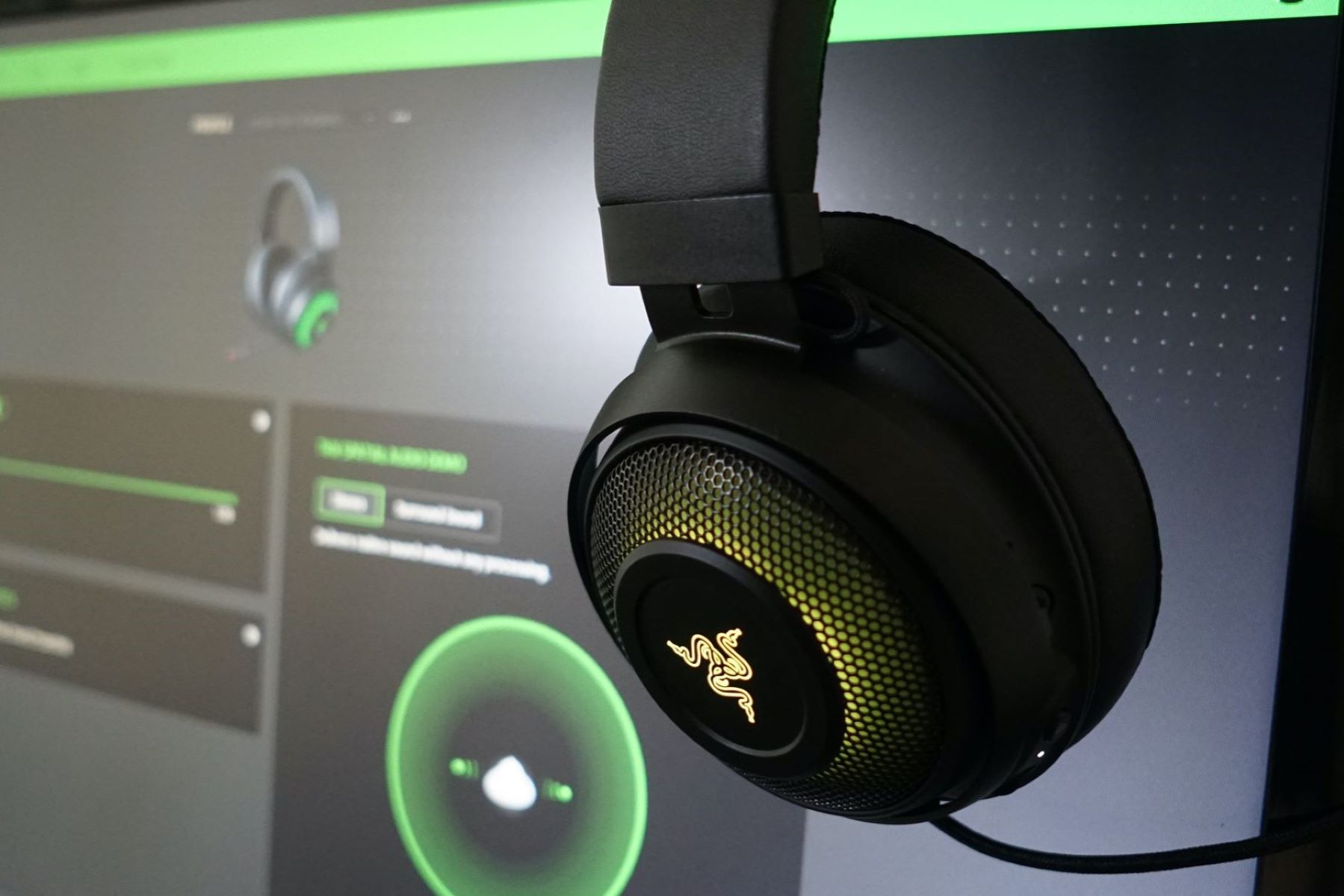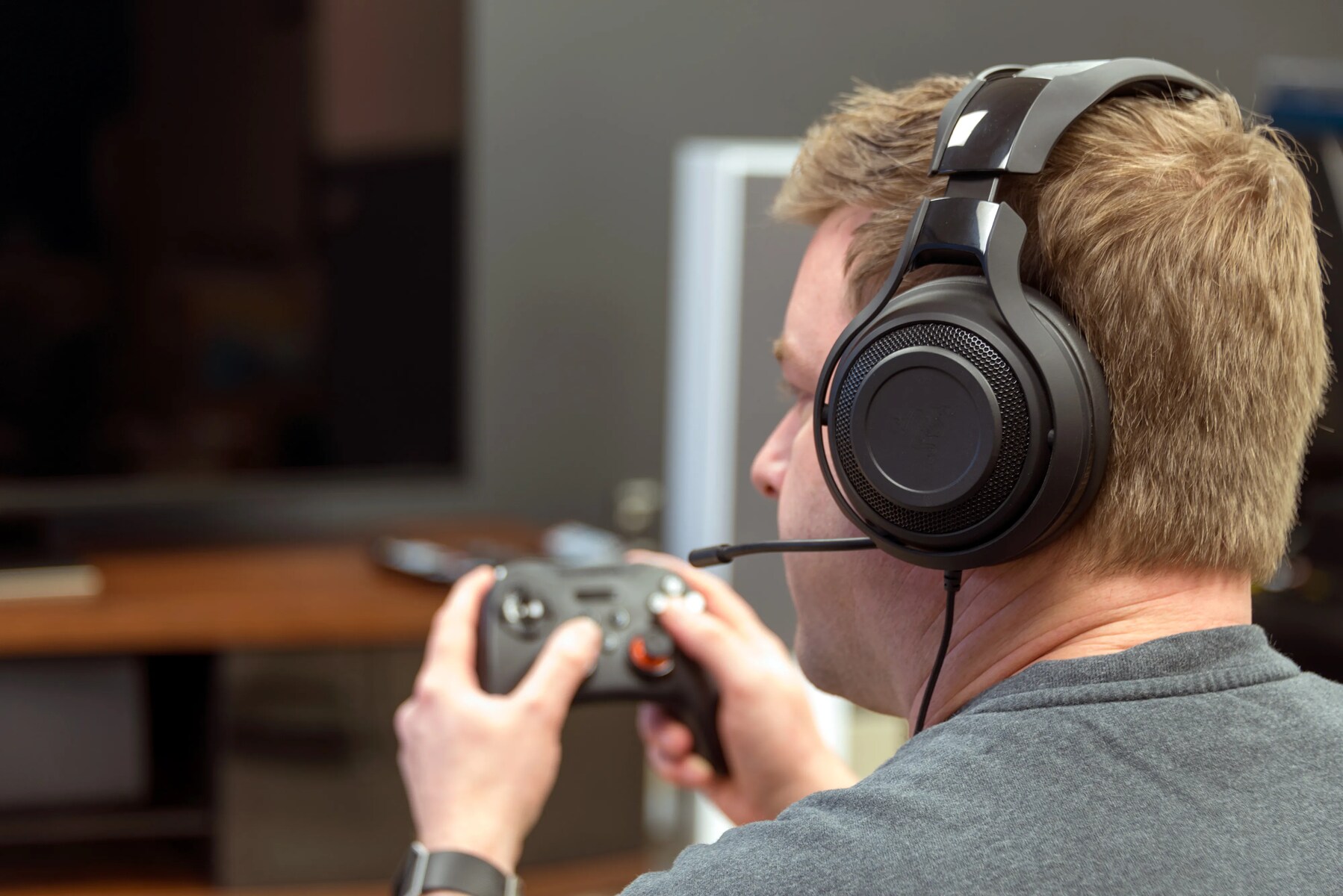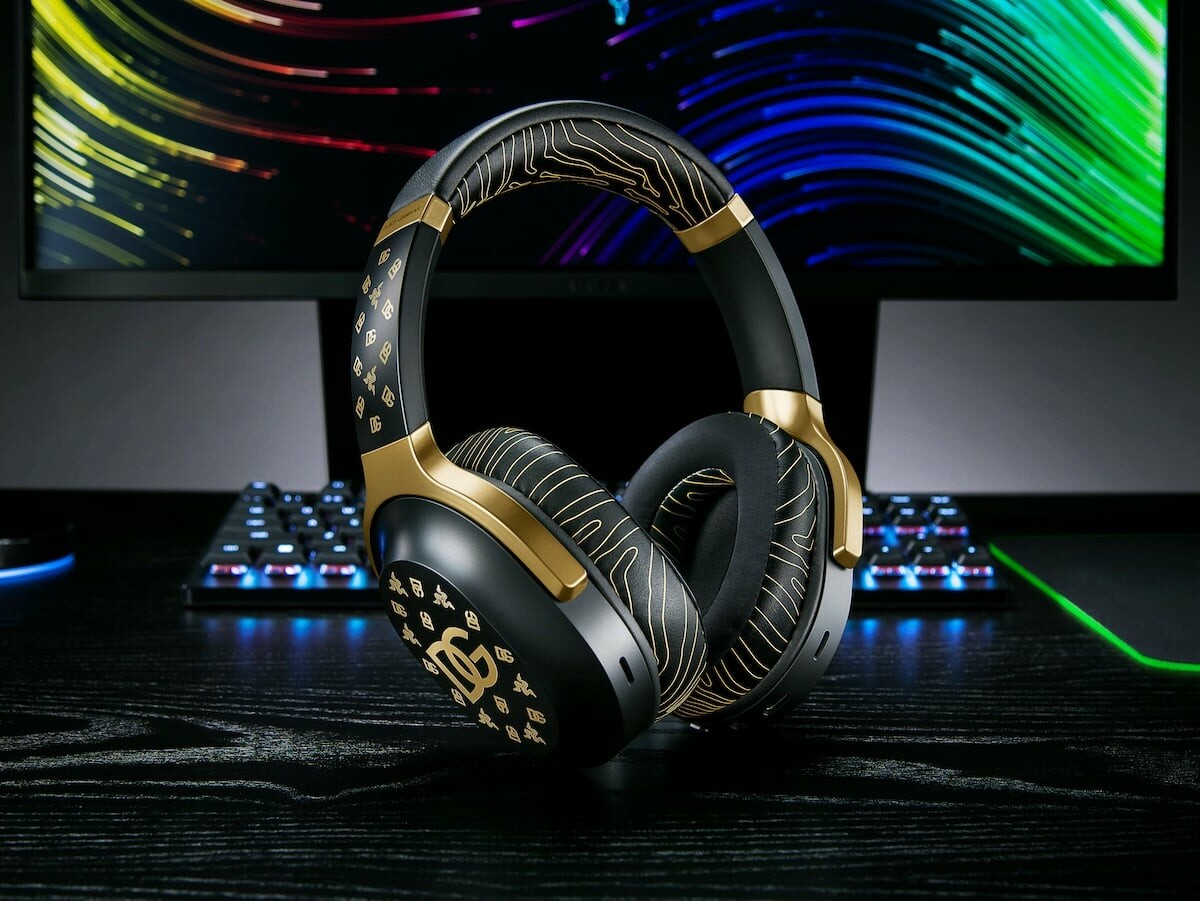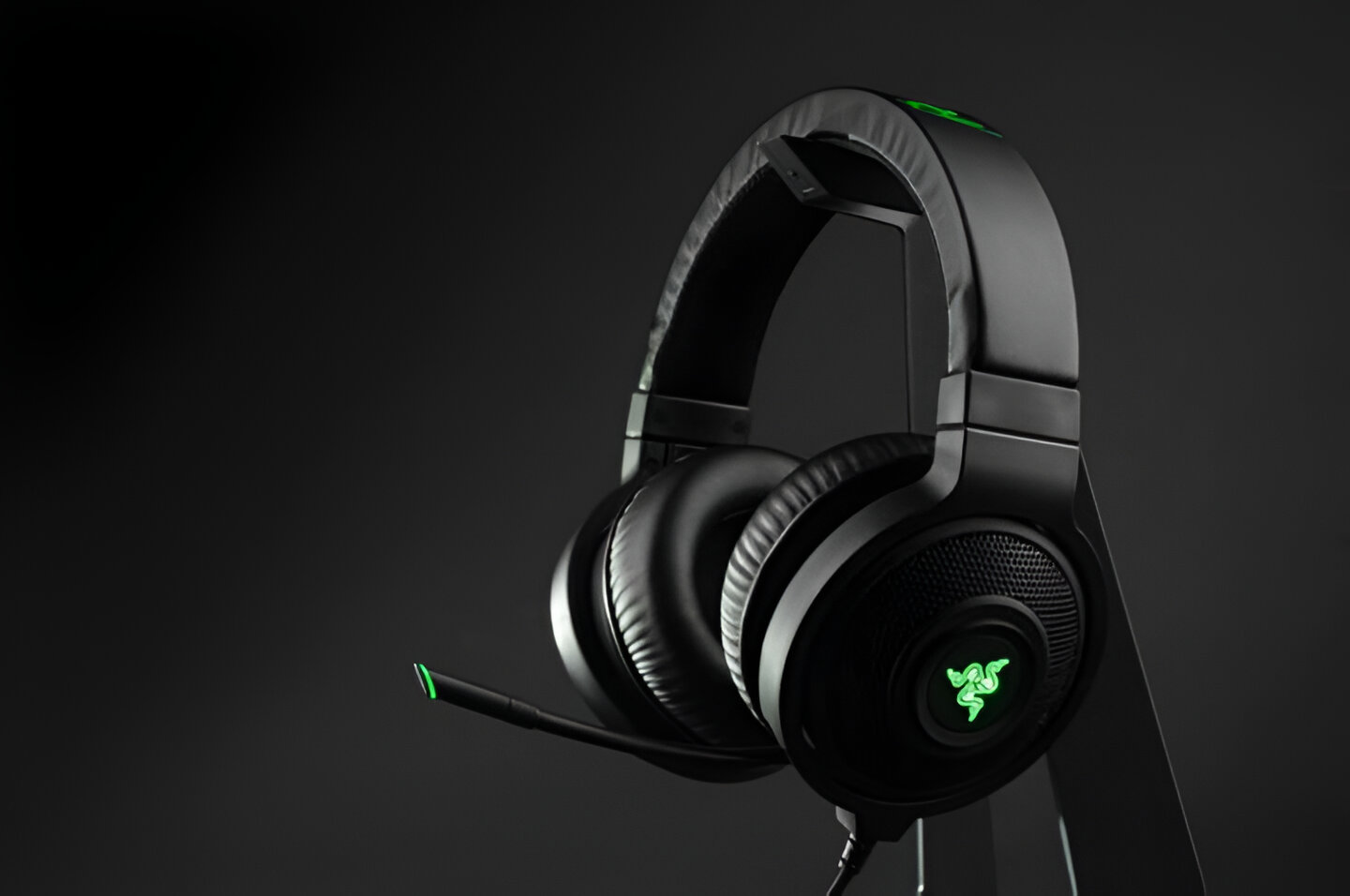Introduction
Razer headsets are renowned for delivering immersive audio experiences, whether you're gaming, listening to music, or engaging in virtual meetings. However, encountering audio cuts or disruptions can be frustrating and impact your overall enjoyment. Fortunately, there are several troubleshooting steps and fixes you can explore to address this issue and restore your headset's audio performance.
In this comprehensive guide, we'll delve into various strategies to troubleshoot and resolve audio cuts with your Razer headset. By following these steps, you can potentially identify the root cause of the problem and implement effective solutions to rectify it. Whether you're a seasoned tech enthusiast or a casual user, this guide aims to provide clear and actionable advice to help you overcome audio issues with your Razer headset.
Let's embark on this troubleshooting journey together, as we uncover the potential reasons behind audio disruptions and explore practical steps to resolve them. Whether it's a software-related issue, a connectivity problem, or a hardware malfunction, we'll equip you with the knowledge and tools to troubleshoot and address these challenges. So, without further ado, let's dive into the world of Razer headset troubleshooting and find the best solutions to restore seamless audio performance.
Check the Connection
The first step in troubleshooting audio cuts with your Razer headset is to meticulously examine the connection points. A loose or faulty connection can often be the culprit behind intermittent audio disruptions. Begin by ensuring that the headset is securely plugged into the appropriate audio jack on your device. Whether it's a 3.5mm audio jack or a USB connection, verify that the connection is snug and free from any obstructions.
If you're using a wired Razer headset, inspect the entire length of the cable for any signs of damage or fraying. A damaged cable can lead to inconsistent audio output, so it's crucial to carefully examine the entire cable, from the headset to the point of connection. Additionally, if your headset features detachable cables, consider reattaching or replacing them to rule out any cable-related issues.
For wireless Razer headsets, ensure that the wireless transmitter is properly connected to your device and is within the recommended range. Interference from other electronic devices or physical obstructions can impede the wireless signal, resulting in audio cuts or distortions. Position the wireless transmitter in a clear line of sight with your headset to optimize signal reception and minimize potential disruptions.
Furthermore, if your Razer headset comes with a detachable microphone, examine the microphone connection to ensure it's securely attached. A loose microphone connection can sometimes interfere with the headset's audio output, leading to intermittent disruptions during voice communication or gaming sessions.
By meticulously examining the connection points, including the audio jack, cables, wireless transmitter, and microphone attachment, you can eliminate potential connectivity issues that may be causing audio cuts with your Razer headset. Once you've confirmed that the connections are secure and free from damage, you can proceed to the next troubleshooting steps to further pinpoint and address the audio disruptions.
Ensuring a stable and secure connection is the foundational step in troubleshooting audio issues with your Razer headset, setting the stage for a systematic approach to identifying and resolving the root cause of the problem.
Update Drivers
Updating the drivers for your Razer headset can significantly impact its overall performance, including audio output. Device drivers serve as crucial communication bridges between your hardware and the operating system, facilitating seamless functionality and optimal utilization of hardware features. Outdated or corrupted drivers can lead to various issues, including audio cuts and distortions. Therefore, updating the headset's drivers is a fundamental step in troubleshooting audio disruptions.
To initiate the driver update process, begin by accessing the official Razer website or the Razer Synapse software, which serves as a centralized hub for managing Razer peripherals. Navigate to the support or downloads section, where you can locate the specific drivers for your Razer headset model. Ensure that you select the correct drivers compatible with your operating system, whether it's Windows, macOS, or Linux, to avoid compatibility issues.
After downloading the latest drivers for your Razer headset, proceed to install them following the provided instructions. In some cases, the installation process may involve running an executable file or using the device manager to update the drivers manually. Additionally, if you're using Razer Synapse, the software may prompt you to update the headset's firmware, which can also contribute to resolving audio-related issues.
By updating the drivers and firmware for your Razer headset, you can benefit from potential bug fixes, performance optimizations, and enhanced compatibility with the latest operating system updates. This proactive approach ensures that your headset's audio components are equipped with the latest software enhancements, potentially addressing any underlying driver-related issues that could be causing audio disruptions.
Moreover, updating the drivers presents an opportunity to leverage new features and improvements introduced by Razer, further enriching your audio experience. Whether it's advanced audio processing algorithms, customizable equalizer settings, or enhanced microphone performance, staying up-to-date with the latest drivers can unlock the full potential of your Razer headset.
In essence, updating the drivers for your Razer headset is a proactive measure that can yield tangible improvements in audio quality and overall performance. By staying abreast of the latest driver updates and firmware enhancements, you can ensure that your Razer headset operates at its best, delivering immersive and uninterrupted audio experiences across various applications and usage scenarios.
Adjust Sound Settings
Fine-tuning the sound settings of your Razer headset can play a pivotal role in mitigating audio cuts and optimizing the overall audio experience. Whether you're using your headset for gaming, content creation, or communication, making precise adjustments to the sound settings can significantly enhance audio clarity, spatial positioning, and overall balance.
Begin by accessing the audio settings on your device, which may vary depending on the operating system. On Windows, you can access the sound settings by right-clicking the speaker icon in the system tray and selecting "Open Sound settings." For macOS users, the sound settings can be accessed through the System Preferences menu. Once you've accessed the sound settings, locate the playback devices and select your Razer headset as the default audio output device.
Within the sound settings, explore the available audio enhancements or equalizer options that may be specific to your Razer headset. These settings allow you to fine-tune the audio output based on your preferences, adjusting parameters such as bass levels, treble frequencies, and overall sound profile. Experiment with different equalizer presets or manually adjust the equalizer bands to achieve a sound signature that suits your audio preferences and usage scenarios.
Furthermore, if your Razer headset is equipped with virtual surround sound technology, such as THX Spatial Audio, explore the associated software or settings to enable and customize this feature. Virtual surround sound can elevate the immersion and spatial awareness in gaming environments, providing a competitive edge and a more captivating audio experience. By adjusting the virtual surround sound settings, you can tailor the spatial audio representation to align with your preferred audio cues and positional awareness.
For wireless Razer headsets that utilize a dedicated software interface, such as Razer Synapse, delve into the software settings to explore advanced audio configurations. Razer Synapse often offers a plethora of customization options, including microphone enhancements, ambient noise reduction, and individualized audio profiles. By fine-tuning these settings, you can optimize the audio output and microphone performance to align with your specific usage scenarios, whether it's intense gaming sessions, content creation, or immersive multimedia consumption.
In essence, adjusting the sound settings of your Razer headset empowers you to tailor the audio output to your liking, addressing potential audio irregularities and enhancing the overall audio fidelity. By leveraging the available equalizer adjustments, virtual surround sound customization, and advanced software settings, you can unlock the full potential of your Razer headset, ensuring that it delivers a rich, immersive, and uninterrupted audio experience across various applications and usage scenarios.
Check for Physical Damage
Carefully examining your Razer headset for physical damage is a crucial step in troubleshooting audio disruptions. Physical wear and tear, as well as accidental damage, can compromise the structural integrity of the headset, leading to audio irregularities and performance issues. By conducting a thorough inspection, you can identify any visible damage and take appropriate measures to address it.
Begin by visually inspecting the external components of the headset, including the headband, ear cups, and the connecting joints. Look for any signs of cracks, dents, or visible damage that may have occurred due to impact or mishandling. Additionally, inspect the cable, whether it's a wired connection or the charging cable for wireless headsets, for any fraying, kinks, or exposed wires. A damaged cable can disrupt the audio signal and lead to intermittent audio cuts.
Next, examine the ear cushions and padding for any wear or tear. Over time, the ear cushions may deteriorate, leading to decreased sound isolation and potential audio leakage. If the ear cushions show signs of excessive wear or damage, consider replacing them with compatible replacements to restore the headset's acoustic seal and overall comfort.
Furthermore, if your Razer headset features adjustable components, such as a retractable microphone or swiveling ear cups, ensure that these mechanisms operate smoothly without any resistance or irregularities. Stiff or malfunctioning adjustment mechanisms can indicate internal damage or mechanical issues that may impact the headset's overall functionality.
In the case of wireless Razer headsets, inspect the charging port and the wireless transmitter for any damage or debris that may impede proper connectivity. A damaged charging port can result in inconsistent power delivery, affecting the headset's battery performance and, subsequently, its audio output. Similarly, ensuring that the wireless transmitter is free from physical damage and positioned optimally can help maintain a stable wireless connection, minimizing potential audio disruptions.
By meticulously checking for physical damage, you can proactively identify any underlying issues that may be contributing to audio cuts with your Razer headset. Addressing physical damage promptly can prevent further deterioration and ensure that the headset maintains its audio performance and structural integrity for prolonged use.
Test on Another Device
Testing your Razer headset on another compatible device is a crucial step in the troubleshooting process, offering valuable insights into the nature of the audio disruptions and potential compatibility issues. By connecting the headset to an alternative device, such as a different computer, gaming console, or mobile device, you can assess whether the audio irregularities are specific to a particular device or if they persist across different platforms.
Begin by selecting a secondary device that supports the connectivity options of your Razer headset, whether it's a wired 3.5mm connection, USB interface, or wireless compatibility. This device should ideally represent a distinct environment from your primary setup, allowing you to isolate the potential sources of audio disruptions. For example, if you primarily use your Razer headset with a desktop computer, testing it on a laptop or gaming console can provide valuable comparative data regarding its audio performance.
Once you've identified the secondary device, connect your Razer headset and assess its audio output under various usage scenarios. Listen for any signs of audio cuts, distortions, or irregularities that may have been prevalent on the primary device. Engage in activities that are representative of your typical usage patterns, whether it's gaming, multimedia consumption, or communication, to gauge the headset's performance in diverse scenarios.
By testing the Razer headset on another device, you can discern whether the audio disruptions are device-specific or if they persist across multiple platforms. If the audio irregularities are absent when using the headset with the secondary device, it suggests that the primary device may be the source of the issue. In such cases, you may need to focus on troubleshooting the audio settings, drivers, or connectivity of the primary device to address the audio disruptions effectively.
Conversely, if the audio disruptions persist when using the Razer headset on the secondary device, it indicates that the issue may be related to the headset itself, such as hardware malfunctions, cable damage, or compatibility limitations. This insight can guide you in narrowing down the potential causes of the audio disruptions and implementing targeted solutions to rectify the issue.
In essence, testing your Razer headset on another device serves as a diagnostic tool, enabling you to discern the scope and nature of the audio irregularities. This comparative assessment empowers you to make informed decisions regarding the troubleshooting process, leading to effective resolutions and an optimized audio experience across diverse devices and usage scenarios.
Contact Razer Support
If you've diligently followed the preceding troubleshooting steps and are still encountering persistent audio cuts or disruptions with your Razer headset, reaching out to Razer's dedicated support team is a prudent course of action. Razer's customer support channels are designed to provide personalized assistance, technical expertise, and tailored solutions to address a diverse range of product-related issues.
When initiating contact with Razer support, it's beneficial to gather essential details about your Razer headset, including the model name, serial number, and any specific observations regarding the audio disruptions. This information can expedite the troubleshooting process and enable the support team to offer targeted guidance or potential resolutions based on the unique characteristics of your headset.
Razer offers multiple avenues for customer support, including online chat support, email correspondence, and dedicated support hotlines. The online chat support provides real-time interaction with Razer's support representatives, allowing for immediate clarification of queries and real-time troubleshooting guidance. Email correspondence offers a structured platform for detailing the specific audio irregularities and sharing relevant diagnostic information, facilitating a comprehensive assessment by Razer's technical experts.
Additionally, Razer's support hotlines provide direct access to knowledgeable support personnel who can offer verbal guidance, troubleshooting tips, and escalation of complex issues to specialized teams if necessary. When contacting Razer support via any of these channels, it's beneficial to articulate the steps you've already taken to troubleshoot the audio disruptions, including the outcomes of each step and any notable observations during the troubleshooting process.
Razer's support team possesses in-depth knowledge of their products and can provide tailored recommendations, advanced troubleshooting techniques, and potential warranty-related assistance if the audio irregularities are attributed to a manufacturing defect or hardware malfunction. By engaging with Razer's support resources, you can leverage their expertise to gain insights into intricate technical aspects, software optimizations, and potential solutions that align with your specific audio-related challenges.
Ultimately, contacting Razer support serves as a proactive step to harness the expertise and resources offered by the manufacturer, ensuring that you receive personalized guidance and targeted solutions to address the audio disruptions with your Razer headset. Whether it involves firmware optimizations, specialized troubleshooting techniques, or product warranty considerations, Razer's support channels are poised to assist you in resolving the audio irregularities and restoring the seamless audio performance of your Razer headset.







